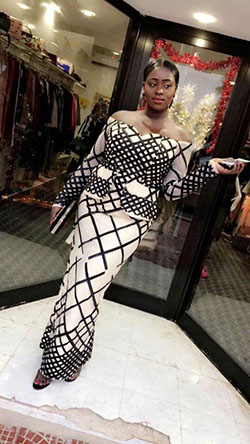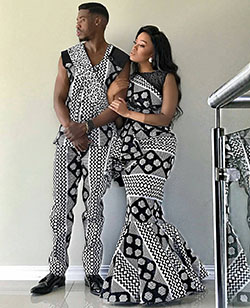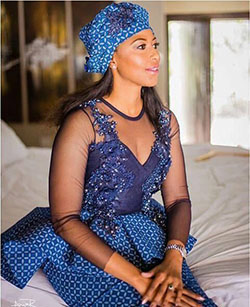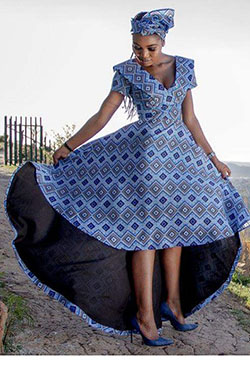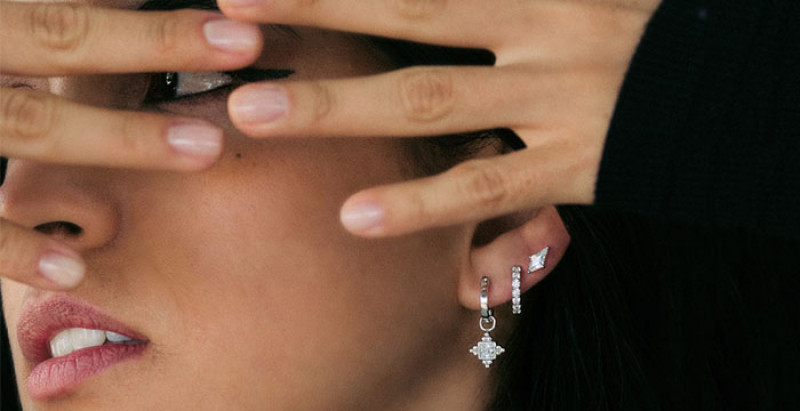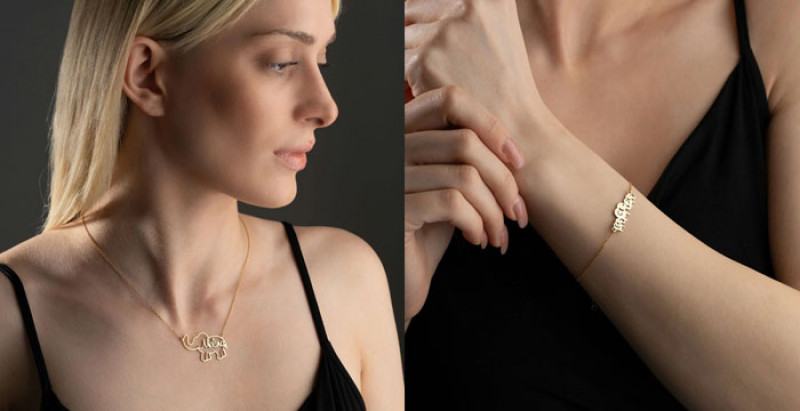
You most probably wear some kind of jewelry almost every day - whether it's a simple necklace, a pair of earrings, or even your wedding ring.
However, did you know that jewelry has its own secret language of hidden meanings?
Below, we’ve listed some of the most interesting tidbits about the hidden meaning in your day to day jewelry. How many of them do you know?
1. Triangle Earrings Meaning

When it comes to femininity, there is one piece of jewelry that is the ultimate symbol of womanly elegance: triangle earrings. Earrings in themselves have long been a symbol of womanhood and feminism, and amongst the most common adornments used by the fairer sex to decorate their beauty. In fact, archeological evidence shows that earrings were worn by Sumerian women around 2500 b.c.e. And amongst earrings, there is no design more feminine than a triangle. A downward-pointing triangle is also known as a chalice, and is symbolic of a woman’s womb, fertility, and motherhood. The inverted triangle also symbolizes the feminine symbol of water, reflective of purification, healing, and serenity. An upward pointing triangle meanwhile represents masculinity and power, while two interlocked triangles represent union and strength. Accordingly, you’ll often see women wearing triangle earrings to symbolize their feminine power.
2. Cocktail Ring Meaning

You probably have a cocktail ring, or several. Cocktail rings are statement rings that usually feature large, brazen designs and bright gemstones designed to make a splash. But they’re more than just a fashion item. In fact, cocktail rings are a symbol of feminism dating back to the American prohibition era. In the ‘“Roaring 20s’ or the ‘Jazz Age’, women were becoming increasingly emancipated, continuing to stay in the workforce even after WW1, which had seen women step into key roles in the economy while the men were at war. In the 20s, women not only worked outside the home and began to have some degree of economic independence, they also gained the right to vote - and began to drink at bars! The women’s fashion of the time reflected these changes; women abandoned tight corsets and conservative long dresses. They started wearing shorter hemlines and trousers. They stopped wearing “delicate” jewelry and opted for statement pieces: and so the cocktail ring was born. The new woman, or the flapper, cut her hair into a bob, wore make-up, statement jewelry - and she went to cocktail bars! Alcohol was banned, but the culture of secret speakeasies flourished. Flamboyant flappers in the speakeasy scene would flash their oversized rings to draw attention to the fact that they were independent women not bound to the rules.
3. The Evil Eye Symbol Meaning
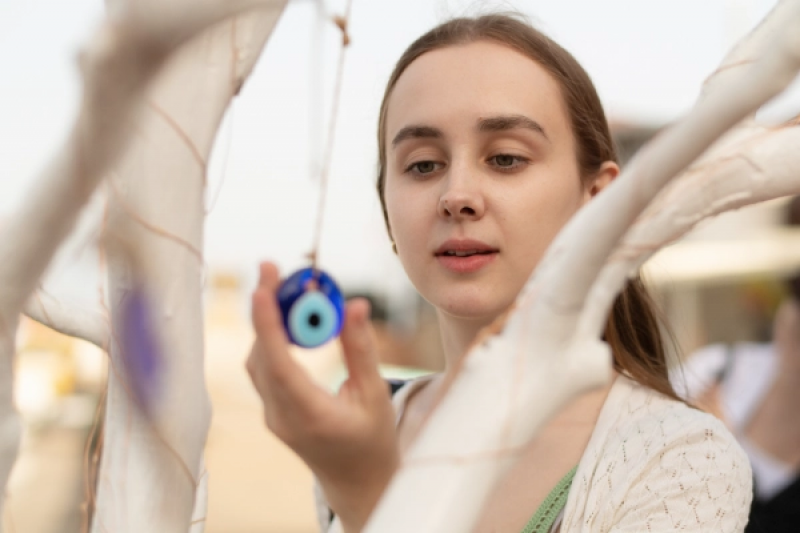
The evil eye is amongst the most popular of jewelry symbols. It can be depicted as a literal eye, or more symbolically as four concentric circles set in white and blue. The symbol has a long history, with early known instances in Greece, in the sixth century BC. In Greek culture, the evil eye is known as “mati”, meaning a curse given to someone by a jealous person in order to bring back luck, loss, and malice. In ancient Egypt, the Eye of Horus was buried with pharaohs to protect them in the afterlife against the evil eye. The evil eye is also a widely held superstition in Hindu culture, where parents often mark their baby with the “Evil eye” symbol to protect from malevolent glances. What’s interesting is that cultures from nearly every continent share a belief in the idea of the “evil eye”. This ranges from Asia, the Middle East, Europe, and Central America . More recently, the evil eye symbol has been popular amongst celebrities. Kim Kardashian has been photographed many times featuring bracelets headgear with the evil eye symbol. Model Gigi Hadid took it several steps further, launching an entire line of shoes featuring the ancient symbol: the EyeLove shoe line. It’s hardly surprising that the evil eye symbol is one of the most widely recognized, and often finds itself featured in jewelry. So if you have a piece of jewelry featuring the symbol, know that you’re connected to a long history of protection from malicious intentions.



